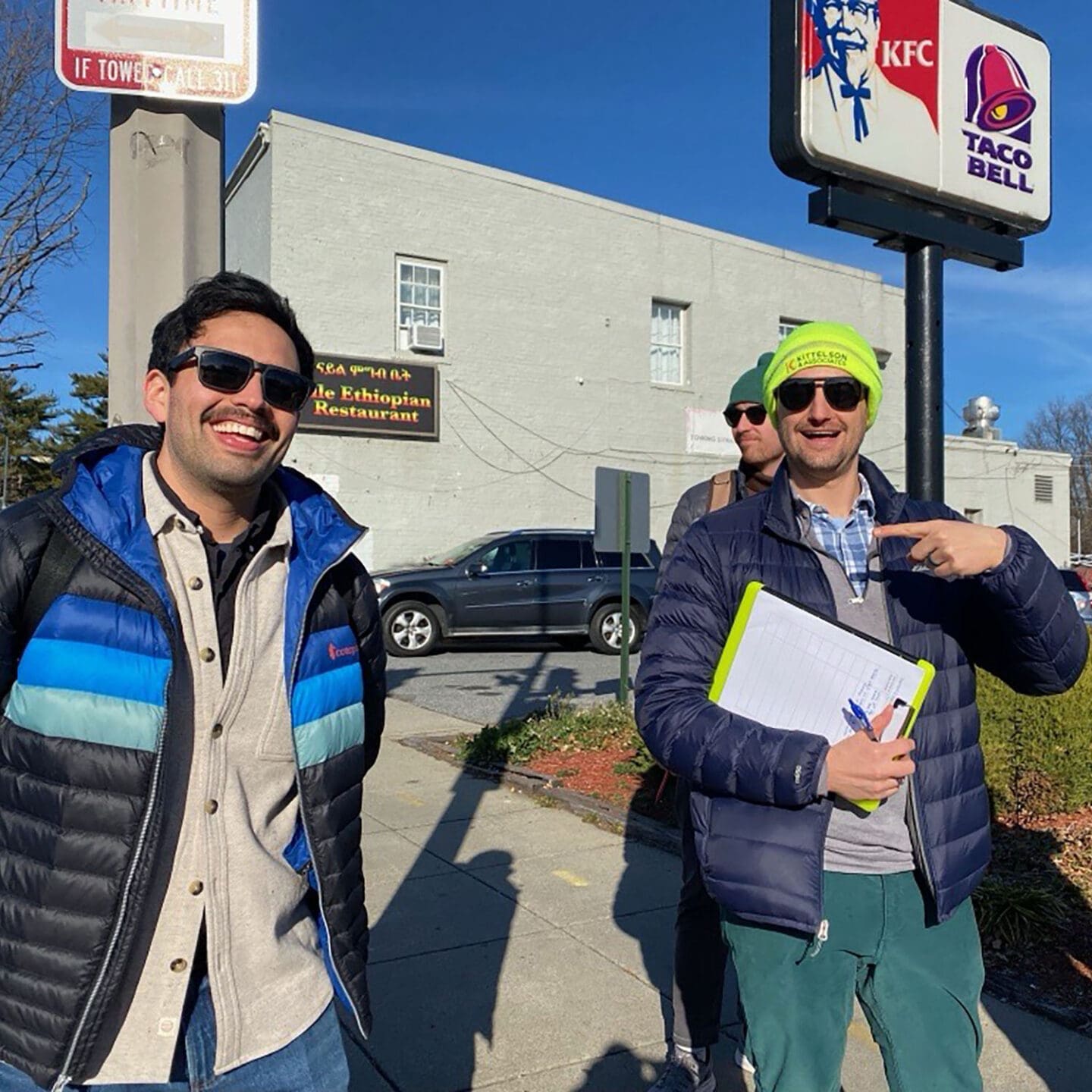“People are now more willing to get out of the car and use other modes of transportation, such as trains, light rails, buses, and bikes, and I think these modes are more prioritized now when planning new developments.”
We’re an interconnected nationwide team, but we each have our own reasons for being passionate about the work we do. This month, get to know Cesar Reyes, transportation analyst in our Washington D.C. office.
What’s your background and how did you become a transportation professional?
I’m originally from LA and I grew up in a predominantly immigrant and working-class community. I moved around a lot and spent time in Boston and Las Vegas—big, dense urban cities where you could take a bus or a metro or even walk to get what you need. It wasn’t until after I graduated high school that I realized how different the suburbs were because they just weren’t a part of my world view.
I joined the military after high school and worked in civil affairs, providing humanitarian aid and assistance to places that were struggling. I got to see even more of the country and the world… from small towns in Oklahoma and Alabama to big cities in Lebanon and South Korea. Seeing how people live in different places was fascinating and made me realize I was interested in how people travel and get around. So after finishing my military career, I went back to school at the University of North Carolina Chapel Hill and got my undergraduate degree in geography and my master’s degree in urban planning. I also studied GIS while I was there to get a “hard skill,” and did research assistantships for the Highway Safety Research Center at UNC and NC State’s Institute for Transportation Research and Education, which is how I got referred to Kittelson.
Now my fiancé and I live in Washington D.C. and I’ve been working out of Kittelson’s D.C. office for about 9 months. We wanted to be in a big city again and be near family on the east coast; there’s always something going on here so we’re always out visiting museums or exploring the city. For fun I like to golf, I recently picked up sourdough bread making, and my fiancé and I are taking salsa dancing classes in between wedding planning.


How have your life experiences and education helped you so far in your career?
Learning GIS has definitely helped me so far. I’m not the best map maker, and that’s not my role, but having the knowledge and skill has given me the ability to ask the next question beyond just making the map—why is this here? How does this affect that? Where should this go?
My military experience helped me learn how to assess the needs of an area, figure out who to talk to and where people were stuck or struggling, and how to make the place better. That and what I learned at school gave me knowledge that I’m using today in planning.
What’s a project you’re currently working on that you find particularly interesting?
I am currently involved in an SS4A safety action plan in Massachusetts, focused on Nantucket and Martha’s Vineyard. It’s interesting because they have very different demographics—not just their people, but their transportation patterns—they have a lot of older residents, tourists, seasonal changes, and rural infrastructure. The project involves analyzing crashes figuring out how to improve safety for all modes of travel; it’s a different context than the urban planning I’m used to.


As someone early in their career, what steps are you taking to build a strong foundation and professional network?
At this point in my career, I’m mostly maintaining my existing connections with my alumni network from the UNC, as well as building connections within Kittelson. I plan to get more involved with professional organizations in the future when I’m not so busy outside of work with wedding planning!
What excites you most about the future of transportation?
For too long, we (as an industry and a society) focused too much on car-centric living. We became obsessed with driving everywhere and taking the bus was taboo, but we’re slowly moving away from that and seeing less resistance to transit and other modes. I think people are now more willing to get out of the car and use other modes of transportation, such as trains, light rails, buses, and bikes, and I think these modes are more prioritized now when planning new developments. We’re starting to see people have more positive perspectives and that makes me really excited for our future.
